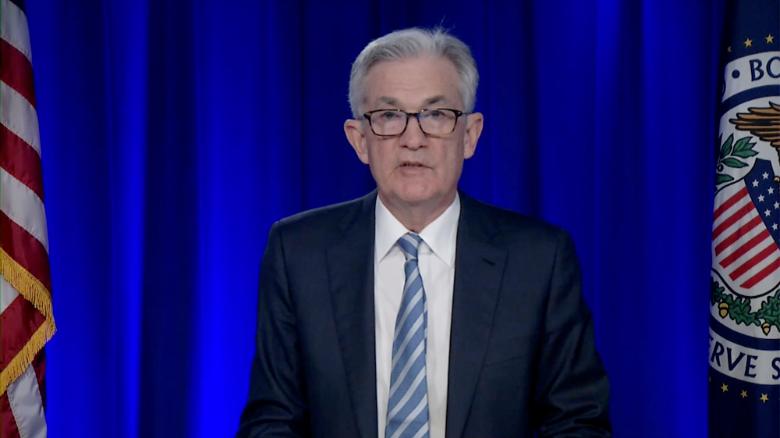By Kathy Lien
The Federal Reserve took a big step in their battle with inflation today when they announced plans to taper asset purchases by $60 billion a month. In November they were cutting purchases by $15 billion a month and in December they raised that amount to $30 billion. They also raised their inflation forecasts for 2021 and 2022 and lowered their unemployment rate projection for the coming year. While GDP growth for 2022 was revised higher, this year’s rate was revised lower. “Solid” job gains and “elevated” levels of inflation has more Fed officials favoring a rate hike next year. In fact, 12 out of 18 policymakers see 3 rate hikes next year which is far more aggressive than September. The prospect of more rate hikes should have driven the dollar higher and stocks lower but instead, equities rallied and the dollar gave up its post FOMC gains.
U.S. retail sales were significantly weaker than expected. Consumer spending rose 0.3% percent in the month of November, less than half of the amount forecasted. Excluding autos and gas, spending rose only 0.2%. Supply shortages and high prices are starting to affect demand. U.S. dollar traders shrugged off the report ahead of FOMC because year over year spending is still very strong with many retailers able to pass on the increase to consumers. The Empire State survey continued to increase in the month of December, reflecting ongoing strength in the manufacturing sector.
The focus now turns to the European Central Bank and Bank of England monetary policy announcements. Growth in Europe peaked earlier than the U.S. with weakening Eurozone data. Retail sales in Germany failed to turn positive in October like economists hoped, factory orders declined and industrial production in the Eurozone fell short of expectations. The U.K. has been faring better but the latest labor market numbers were mixed and the PMIs were revised lower. Many countries across Europe including Germany and the U.K. have brought back restrictions amidst a spike in COVID-19 cases. With this uncertain outlook, it be would prudent for both central banks to maintain a cautious outlook into the New Year.
However with inflation a burning problem for the ECB and the BoE, they cannot afford to wait. This morning we learned that U.K. consumer price growth reached a 10 year high of 5.1% and if U.S. data trends are a gauge, consumer spending could take a big hit as the rising cost of living squeezes pocketbooks. Last month, a number of U.K. policymakers suggested that rate hikes may come sooner but their rhetoric cooled as Omicron became a bigger problem. The question now is whether they will look past the short term economic impact to the larger more persistent problem of possible stagflation. We believe that the BoE will recognize Omicron risks, suggests that it will be temporary and insist that faster removal of policy accommodation is still needed. The BoE meeting should be less market moving than the ECB because no economic projections will be provided.
The European Central Bank faces similar inflation and outlook challenges as the BoE but how they interpret it is less certain. Unlike their peers they have not been as concerned about rising press pressures and have insisted that the increase is transitory even though CPI in November grew at its fastest pace ever year over year. The big question tomorrow is whether that outlook has changed. Will they retire the word transitory like the Fed? Will they taper asset purchases. Recall back in September when they slowed bond purchases, ECB President Lagarde said “the lady isn’t tapering.” Economic projections will also be updated. If the ECB errs on the side of caution and maintains their accommodative outlook, affirms their transitory view of inflation and focuses on the economic risks of Omicron, euro could hit fresh 1.5 year lows versus the U.S. dollar. If they join their peers in moving towards a stronger response to inflation, the deeply oversold EUR/USD will verticalize quickly as traders cover their shorts. Before the rate decisions, Eurozone and U.K, PMIs will be released. There could be quite a bit of volatility around these reports as the results affect positioning going into the ECB and BoE rate monetary policy announcements.



